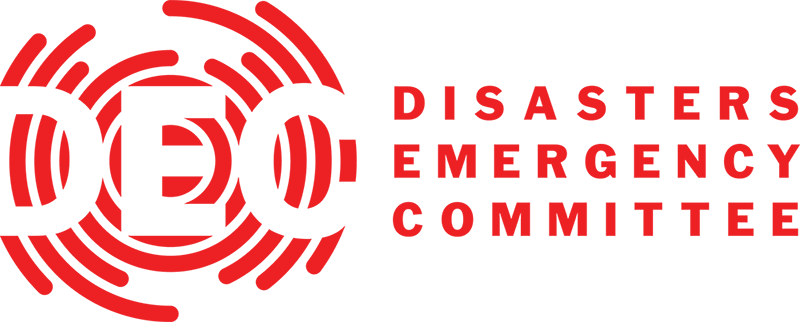
100 Days Update

The aid effort in East Africa has increased dramatically since the launch of the DEC Appeal 100 day ago with more aid getting through to more people. Member agencies and their partners have now helped nine million people across East Africa with aid*. Aid is getting through to many of those in need, including in the worst affected areas of southern Somalia.
There are however still significant shortfalls in the delivery of aid and the largest shortfalls are in the areas of greatest need. A shortage of funds, particularly from some non-UK sources, is one issue but the main challenges are insecurity and limits on access faced by many agencies to the worst affected areas of Somalia.
Some affected areas of Kenya and Ethiopia are beginning to see the first signs of improvement. Increasing amounts of aid are getting through, harvests are being reaped in many areas and rains are making more pasture available for surviving livestock.
Many people in these areas will still need ongoing emergency support in the short term. Good rains and longer term aid will be needed in the coming years to enable them to rebuild their livelihoods. The current rains also bring their own problems, including speeding the spread of cholera which is already a major concern, particularly in Somalia.
Specific help delivered by our member agencies and their partners using funds from all sources include:
- Action Aid has reached 86,615 people across affected areas of Kenya through school feeding programmes, help with bore holes, water trucking and by buying cattle.
- Age UK partners have helped 33,600 people in southern Ethiopia with cash transfer which were mostly used to buy grain or in some cases to pay for healthcare.
- The British Red Cross is helping support the ICRC which has distributed food to 162,000 people in southern and central Somalia, and is scaling up food programmes to reach 1.2m people.
- CAFOD has worked through partners in north east Ethiopia and have constructed four deep wells and veterinary facilities that will benefit 120,000.
- CARE Kenya is helping provide food and water over 400,000 refugees in the Dadaab camps.
- Christian Aid has worked through partners to help 113,875 people in northern and central Kenya by tankering water, rehabilitating boreholes and feeding livestock.
- Concern Worldwide have reached over 200,000 people in Mogadishu and southern Somalia with food vouchers, emergency nutrition and clean water.
- Islamic Relief has worked in Mogadishu and southern Somalia to give food aid to 160,000 people and truck water to 120,000 people
- Merlin has worked in northern Kenya Merlin has screened 7,960 children for malnutrition and has provided therapeutic feeding to 993 children who were severely malnourished.
- Oxfam has worked through partners in Mogidishu to provide clean water and sanitation to 250,000 displaced Somalis in the growing camps, which will help contain the current cholera outbreak.
- Plan International has worked in affected regions of Ethiopia to provide food, sanitation and other aid to 181, 768 people.
- Save the Children is treating over 7,500 acutely malnourished children every month in Somalia and providing support to breast-feeding mothers.
- Tearfund is supporting its partner World Concern in north east Kenya and southern Somalia to provide water, toilets and health care, household items and livestock support to help 33,620 people.
- World Vision has helped 250,000 people from pastoralist groups in the north of Somalia with cash for work, water trucking, rehabilitating earth dams and assistance to run small businesses.
* The figure of nine million people receiving aid is based on separate reports from each of the DEC’s 14 member agencies and represents the efforts of each agency and their local and international partners. The figure does not mean that 9m of the more than 13m people affected by the crisis have now received all the help they require. In some instances separate agencies will have provided different forms of help to the same individuals – for example one agency providing food and another water. In other cases some but not all of an individuals needs will have been met by the aid so far provided.

